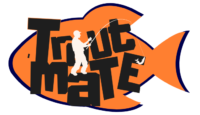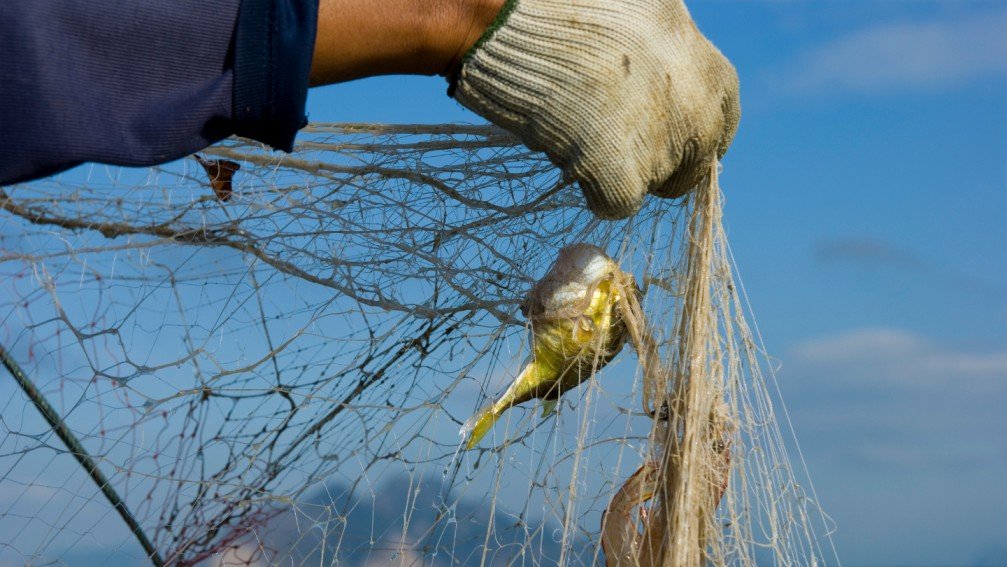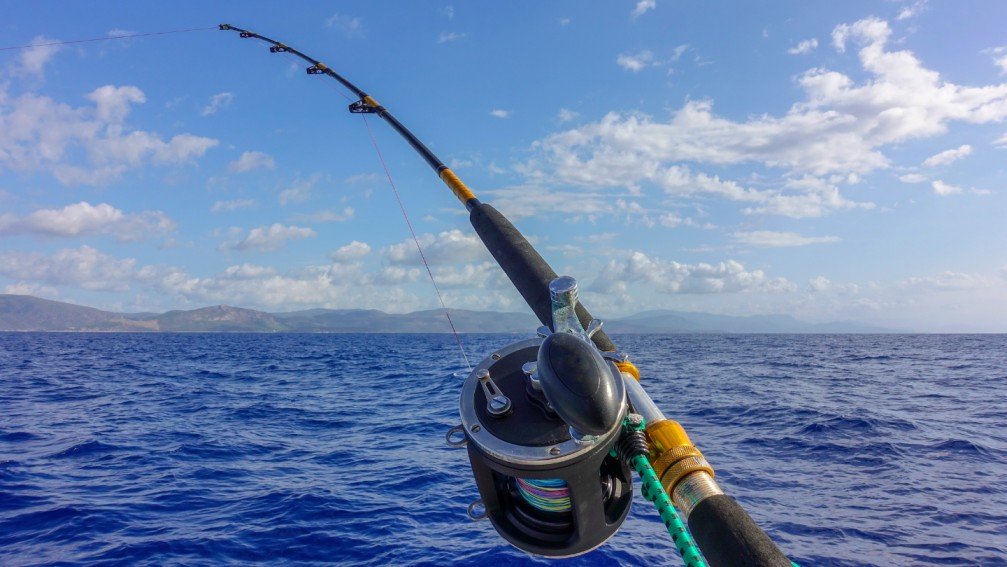To buy a used fishing boat, research reputable sellers and inspect the boat thoroughly. Verify the boat’s history and condition.
Buying a used fishing boat can be a wise investment for fishing enthusiasts. It often offers significant savings compared to purchasing a new one. Before making a decision, it’s essential to conduct thorough research. Identify reputable sellers and gather detailed information about the boat’s history.
Inspect the boat meticulously to ensure it is in good condition. Look for signs of wear and tear, and consider hiring a marine surveyor for an expert opinion. Understanding the boat’s maintenance history can prevent future issues. By following these steps, you can find a reliable used fishing boat that meets your needs and budget.
Choosing The Right Type
Choosing the right type of used fishing boat is crucial. The type of boat you need depends on where and how you plan to fish. Consider the water environment and the boat’s hull design. Each factor plays a significant role in your fishing experience.
Freshwater Vs. Saltwater Boats
Freshwater and saltwater boats have different requirements. Freshwater boats are designed for lakes, rivers, and reservoirs. They are usually smaller and lighter. Saltwater boats need to handle the harsh ocean environment. They are built with durable materials to resist corrosion.
Consider the following points:
- Material: Saltwater boats often use stainless steel and fiberglass.
- Size: Saltwater boats are generally larger than freshwater boats.
- Features: Saltwater boats may have advanced navigation systems.
Different Hull Types
The hull type affects the boat’s performance and stability. There are several types to choose from:
| Hull Type | Description |
|---|---|
| Flat-bottom | Stable in calm waters, ideal for shallow areas. |
| V-hull | Good for rough waters, offers a smooth ride. |
| Catamaran | Two hulls, very stable, great for offshore fishing. |
| Round-bottom | More efficient, but less stable, used in smaller boats. |
Choose a hull type based on your fishing location. A V-hull is great for ocean trips. A flat-bottom hull works well in rivers and lakes.
Setting Your Budget
Buying a used fishing boat is an exciting adventure. But first, you need to set a budget. This involves understanding both the initial costs and the ongoing maintenance. Let’s break it down.
Initial Costs
The initial cost of a used fishing boat includes the purchase price and additional expenses. Here’s a breakdown:
| Item | Estimated Cost |
|---|---|
| Purchase Price | $5,000 – $50,000 |
| Inspection Fee | $100 – $500 |
| Registration | $50 – $200 |
| Insurance | $200 – $1,000 per year |
| Trailer | $500 – $5,000 |
Ongoing Maintenance
Ongoing maintenance is crucial for the longevity of your fishing boat. Here are some key areas to consider:
- Engine Maintenance: Regular checks and oil changes.
- Hull Cleaning: Prevents algae and barnacle buildup.
- Electrical Systems: Regular inspections and battery checks.
- Storage: Costs for safe and secure storage.
Budgeting for these expenses will help you avoid surprises.
Researching Sellers
Buying a used fishing boat can be exciting. The right seller makes all the difference. Researching sellers helps you find a reliable boat.
Dealerships Vs. Private Sellers
Dealerships offer many advantages. They usually provide warranties. They have a reputation to maintain. Dealerships often have service records for the boats they sell.
Private sellers can offer lower prices. You may find unique deals. But, there’s more risk. Private sellers might not have service records.
| Dealerships | Private Sellers |
|---|---|
| Warranties often provided | Often lower prices |
| Service records available | Unique deals possible |
| Reputable business | Higher risk |
Online Marketplaces
Online marketplaces are great for searching many options. Websites like eBay, Craigslist, and Boat Trader help you find boats quickly.
- Read reviews of sellers.
- Check the boat’s history.
- Watch out for scams.
Online platforms have many boats listed. You can compare prices and features easily. Always contact the seller and ask questions.

Credit: www.youtube.com
Inspecting The Boat
Buying a used fishing boat can be a great deal. But you need to inspect the boat carefully. This ensures you get a boat in good condition. Below are essential checks to make.
Exterior Checks
Start by inspecting the boat’s exterior. Look for any cracks or dents. Check the hull for signs of damage. Small cracks can become big problems. Inspect the paint for any peeling or fading. This can indicate poor maintenance. Also, check the boat’s deck and railings. Ensure they are sturdy and free of rust.
| Exterior Part | What to Check |
|---|---|
| Hull | Cracks, dents, and damage |
| Paint | Peeling or fading |
| Deck and Railings | Sturdiness and rust |
Engine And Mechanical Systems
Inspect the engine and mechanical systems next. Start by checking the engine’s condition. Look for signs of rust or corrosion. Test the engine to see if it starts easily. Listen for any strange noises. Check the oil level and color. Dark oil can indicate poor maintenance. Also, inspect the fuel system for leaks.
- Check the engine for rust and corrosion
- Test the engine for easy start
- Listen for strange noises
- Inspect oil level and color
- Check fuel system for leaks
Assessing The Paperwork
Assessing the paperwork is a vital step when buying a used fishing boat. Proper documentation ensures you avoid legal and financial troubles. It also confirms the boat’s history and condition.
Registration And Title
Check the registration and title documents first. Verify the boat’s ownership history. Ensure the seller is the legal owner. Confirm the boat’s registration number matches the title. This helps avoid stolen or fake boats. The title should be clear of any liens. If there are liens, make sure they are settled before purchase.
Service Records
Request the boat’s service records. These records show the boat’s maintenance history. Regular maintenance means a well-kept boat. Look for details on engine services, hull repairs, and electrical work. A detailed service record can reveal potential issues. It can also give you peace of mind.
A table summarizing key aspects to check in the service records:
| Service Aspect | Details to Check |
|---|---|
| Engine Services | Oil changes, filter replacements, and tuning |
| Hull Repairs | Cracks, dents, and repainting |
| Electrical Work | Battery changes, wiring updates |
Ensure all services were done by certified technicians. A well-documented service history adds value to the boat.
Test Driving The Boat
Test driving a used fishing boat is essential. It helps you assess the boat’s condition and performance. This process ensures you make a wise investment. Below are key steps for a successful test drive.
Pre-water Checks
Before taking the boat out on water, conduct pre-water checks. Inspect the boat thoroughly. Check for visible damages or wear and tear.
- Hull Inspection: Look for cracks or blisters.
- Engine Check: Ensure the engine starts smoothly.
- Electrical Systems: Test all lights and gauges.
- Safety Equipment: Verify life jackets and fire extinguishers.
These checks ensure the boat is water-ready. It also prevents potential issues during the test drive.
On-water Performance
Testing the boat on water is crucial. It helps you evaluate its performance. Pay attention to several factors:
- Handling: Ensure the boat steers easily.
- Acceleration: Test how quickly it picks up speed.
- Stability: Check for balance in various water conditions.
- Braking: Test the responsiveness of stopping mechanisms.
These factors determine if the boat suits your fishing needs. Also, listen for unusual noises or vibrations. They could indicate underlying issues.
Performing a test drive minimizes risks. It ensures the boat meets your expectations and requirements.
Negotiating The Price
Negotiating the price of a used fishing boat is crucial. You need to ensure you get the best deal. Many factors can affect the final price. It’s important to be prepared and informed.
Market Value
Understanding the market value of the fishing boat is key. Research similar boats in your area. Check online listings and local ads. This will give you a good price range. Knowing the average price helps in negotiations.
Here’s a simple table to help compare prices:
| Boat Model | Year | Condition | Asking Price |
|---|---|---|---|
| Model A | 2015 | Good | $15,000 |
| Model B | 2017 | Excellent | $20,000 |
| Model C | 2013 | Fair | $10,000 |
Handling Counteroffers
Always expect counteroffers during negotiations. The seller will likely ask for more. Be ready to respond. You can use these tips:
- Stay calm and polite.
- Reiterate the boat’s market value.
- Offer a middle-ground price.
Remember to stick to your budget. Don’t be afraid to walk away. There are always more boats available.
Finalizing The Purchase
You found the perfect used fishing boat. Now, it’s time to seal the deal. Finalizing the purchase involves a few crucial steps. Let’s discuss payment methods and securing insurance.
Payment Methods
Choosing the right payment method is important. You want safety and convenience.
- Cash: Quick and straightforward, but risky to carry large amounts.
- Bank Transfer: Secure and leaves a transaction record.
- Certified Check: Guarantees funds and is safer than cash.
- Financing: Spread the cost, but check interest rates and terms.
Ensure you get a receipt, no matter the method.
Securing Insurance
Your boat needs insurance for safety and compliance. Start by comparing quotes.
- Get Multiple Quotes: Compare prices and coverage.
- Understand Coverage: Know what’s included and excluded.
- Check Deductibles: Higher deductibles can lower premiums.
Insurance protects you from unforeseen events. Don’t skip this step.
Buying a used fishing boat can be rewarding with the right knowledge. Prioritize inspections and research thoroughly. Ensure the boat meets your needs and budget. Don’t rush; take your time. With careful planning, you’ll enjoy many successful fishing trips. Happy boating.
FAQs:
What Should I Check Before Buying A Used Fishing Boat?
Inspect the hull for cracks, check the engine, and verify the boat’s history. Ensure all electronics work. Review maintenance records and consult a marine surveyor for a thorough examination.
How Do I Test Drive A Used Fishing Boat?
Arrange a sea trial with the seller. Test the boat’s performance, steering, and stability. Pay attention to engine noise, vibrations, and overall handling.
Are There Financing Options For Used Fishing Boats?
Yes, many lenders offer financing for used boats. Compare interest rates and terms. Check for pre-approval options and consider a marine-specific lender for better rates.
What Paperwork Is Needed When Buying A Used Boat?
Ensure you get the title, bill of sale, and registration documents. Verify the boat’s serial number matches the paperwork. Check for any liens and confirm transfer procedures with local authorities.



